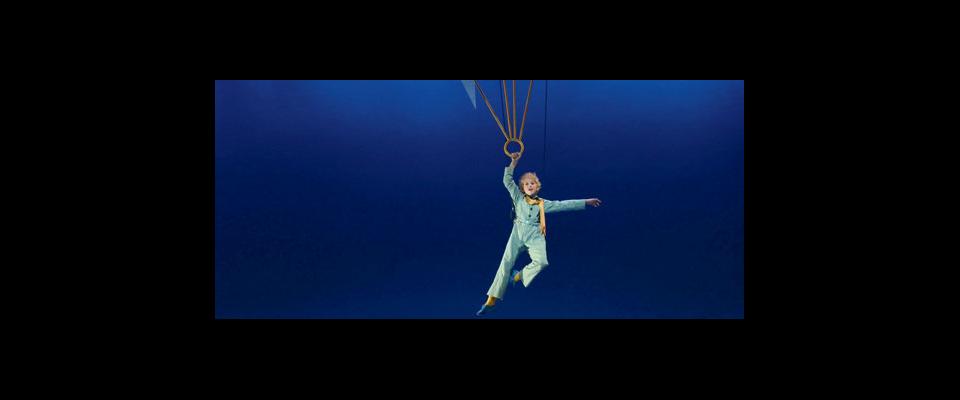We may aspire to La Traviata, but at a certain point, our inner groundling is going to opt for the sludge monster. Space opera, in other words, will always win out over—well, opera—in the hearts of the masses. The American masses, anyway.
So a performance Friday at UC Berkeley’s Zellerbach Hall may be ample cause for celebration. Robot Planet Rising, the second installation of the comic-book-inspired-1930s-radio-drama-cum-special-effects-extravaganza, Intergalactic Nemesis, will be presented with all its lavish projected graphics and boffo Foley quacks, honks, blats and crepitations. Also, honest-to-god sludge monsters. For the connoisseur of highly accessible (or as some would say, easy to laugh at) art, the Cal Performances production will be a feast for the senses.
Here’s a summation of the libretto: The venue is the planet Robonovia. It’s 1933, about a fortnight after the conclusion of the previous installment, Target Earth. The redoubtable Commander El-Bee-Dee-Oh is adrift and lost somewhere in the interstellar void, and dynamic duo Molly Sloan and Timmy Mendez are determined to rescue him. But then Molly’s erstwhile fiancé horns in on the plan with his alluring if minatory assistant—and moonlighting Soviet spy—Natasha Zorokov. Molly and Timmy uncover a hideous scheme that could destroy both Robonovia and their beloved Earth. So things get personal. Plus, sludge monsters are directly or obliquely involved, perhaps.
It’s the kind of exquisite plotting that could only come from the mind of someone from Austin, Texas: specifically, Jason Neulander. As Neulander explains it, Intergalactic Nemesis started out as a radio play he and some friends patched together in the 1990s. They began staging performances through a small theatrical company Neulander had founded, and soon cultivated a devoted following among Austin’s southern-fried Dada art community.
“We kept improving it, and every time we came back with a new performance, the audience grew,” says Neulander. “Then we got invited to bring it to Austin’s Long Center, which seats 2,400. I thought that was way too big for the intimate little 1930s-style radio drama we were presenting, but then I flashed on projecting comic book art up on the proscenium during the performance. And it happened that the Center had just bought a big theater projection system and were looking for an excuse to use it.”
The addition of projected imagery took the show to (key Outer Limits music here) another dimension.
“Even if I had come up with the idea of trying this in the 1990s, we wouldn’t have had the ability to do it,” says Neulander. “The technology didn’t exist. But once you see it, the idea of marrying 1930s radio drama with modern multi-media systems makes perfect sense.”
Today, both installments of Intergalactic Nemesis are touring simultaneously. A third installment is expected to hit the road this fall. The shows typically employ three actors, a table full of “Foley objects” (i.e., things that make noise), a grand piano with the requisite pianist, and a huge screen on which 1,250 high-resolution comic book images are projected through the performance. Each installment stands alone, emphasizes Neulander; you don’t have to see an earlier segment to understand a subsequent one. Too, the humor is multi-leveled, working as both irony and slapstick.
“We’ve found this show has wide appeal,” he said. “The tongue-in-cheek humor you’d associate with the source material exists, of course, and that will hook the adults. But the story is funny and enthralling for kids on a literal level. You don’t have to be a comic book fan to get into this, but you do have to be into pulp story-telling.”


















